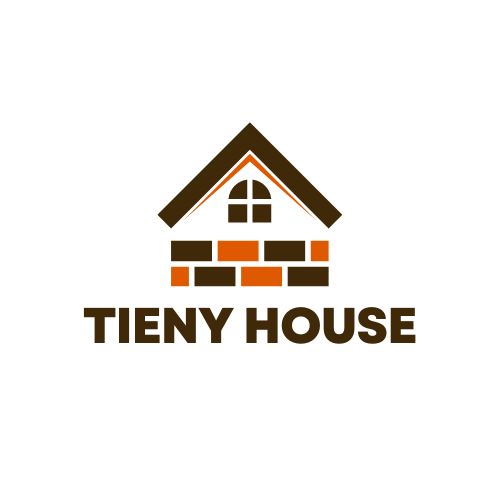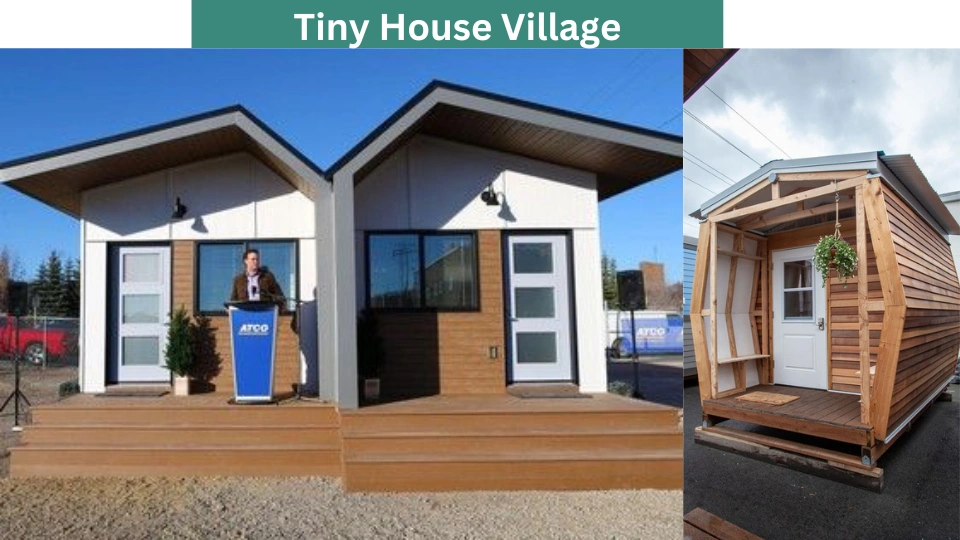
“Tiny houses for homeless offer more than just shelter; they provide hope, dignity, and a fresh start.”
Table of Contents
ToggleWhy are Tiny Houses Good for Homeless People?
Tiny houses help homeless people by creating a supportive community where they can connect and share experiences in small living spaces.
- Tiny homes are a practical solution for those struggling with housing insecurity.
- They offer a dedicated, safe, and personal living space that can be quickly and affordably tailored to local needs.
- Typically consisting of 10 to 30 units, these communities provide reduced-rent or even free housing to residents, aiming to support them in getting back on their feet and reintegrating into society.
- Across the United States, tiny house communities are emerging specifically to support homeless populations, showcasing another meaningful application of tiny homes.
- This reflects the core values of the tiny house movement: providing opportunities for everyone to lead fulfilling lives and realize their potential.
- Hailee Saxton, Program Supervisor at Quixote Village in Olympia, Washington, shared valuable insights into managing such communities, offering lessons learned and best practices for supporting homeless individuals.
Tiny Homes Giving Homeless People Independence
Tiny homes help homeless people doesn’t mean we’re ignoring the important work done by homeless shelters and other support services. Homeless shelters and similar places do incredible, life-saving work in their own right.
- Tiny house communities for homeless folks is that they offer a sense of independence.
- Psychological studies show that having our own space makes us feel like we belong, feel safe, secure, and respected. Things like having a door that locks, a private kitchen and bathroom, or our own bed can really boost our mental well-being.
Note: If someone isn’t ready for an apartment or regular home, tiny house communities offer a simple place to call their own. That’s the power of tiny house villages for homeless people.
Helping Homeless People and Those in Transition
The small size of tiny homes makes them a great fit for homeless villages. They allow us to accommodate more people on less land, while still providing each person with their own home and many benefits similar to owning a traditional house, but in much less space.
Living in a smaller, simpler space has its perks. Despite taking up less room, I still feel like a complete homeowner in my tiny house. And those in tiny house villages for the homeless get to experience this feeling too.
It’s important to understand that tiny homes aren’t for everyone. We need to consider what’s best for each individual. Tiny homes can serve as a stepping stone in someone’s journey, offering stability and safety. They help individuals transition away from survival mode and into a space where they can plan for the future.
Tiny Homes Support a Communal Environment
In the world of communal living, tiny homes bring people together. Their cozy spaces create a strong sense of community among residents.
- Sense of Community: One of the best things about tiny living is how it naturally fosters a strong sense of community. Tiny house communities are growing all over the United States.
- Support for Homeless Communities: Tiny homes and simple living are ideal for communal living, especially in villages for homeless individuals. This sense of community is crucial for those without shelter.
- Understanding Needs: It’s essential to understand the needs of homeless individuals. People rely on each other for support during difficult times and for social interaction and acceptance.
- Social Interaction: Tiny homes and the communal aspect of the tiny house movement enable homeless residents to share meals and participate in social activities together, such as game nights and campfire gatherings.
Building Tiny Homes Saves Money for Homeless Villages
Managing a tiny house village allows people to use money wisely, which might be hard with regular houses or shelters. Tiny houses are smaller, so the community can save money on things like utilities and repairs.
Running a non-profit isn’t cheap, especially when starting a project like setting up a tiny house village. Tiny houses are great for homeless people because they cost less than regular homes.
Money saved on building materials and fancy housing can be used for other important things, like meals, activities, healthcare, and mental support for the people in the tiny house community.
5 Best Tiny Home Villages For The Homeless Population
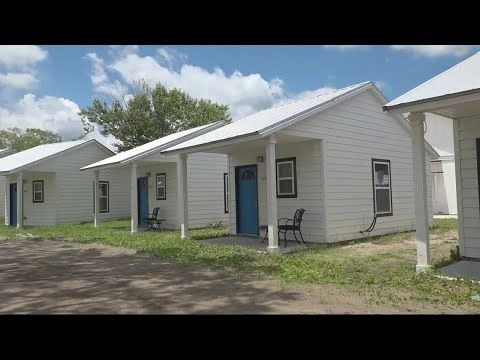
Some communities are building small houses to help homeless people in their area. Each village focuses on a different group of homeless people, but they’re all making a real difference. These communities are working hard to tackle homelessness through the “housing first “strategy.
This approach believes in providing homes first, then helping people find jobs, manage money better, become more independent, and make friends.
Check out 5 amazing tiny home villages helping the homeless. They focus on getting people housed first, then helping them find jobs and become independent. Here they are:
- Quixote Village in Olympia, Washington
- Cass Community in Detroit, Michigan
- Eden Village in Springfield, Missouri
- Dignity Village in Portland, Oregon
- Cottages at Hickory Crossing in Dallas, Texas
1: Quixote Village in Olympia, Washington
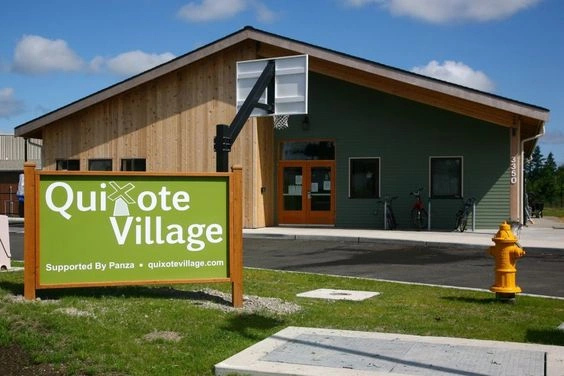
Quixote Village is a small community of tiny houses for homeless people, part of a larger network overseen by Panza. It is Situated in Olympia, Washington, it originated in 2007 when a group of homeless individuals set up tents downtown.
The Olympia Unitarian Universalist Congregation stepped in to provide sanctuary, but city regulations still forced residents to move every three months, which was difficult. To address this issue, members of faith communities joined forces to create Quixote Village.
They attended city council meetings, participated in community events, and raised money to establish the village. Today, it consists of 30 tiny homes, each about 144 square feet, spread across a two-acre area.
The village offers shared amenities like a kitchen, dining area, living room, showers, laundry facilities, offices, a vegetable garden, and meeting spaces.
2: Cass Community in Detroit, Michigan
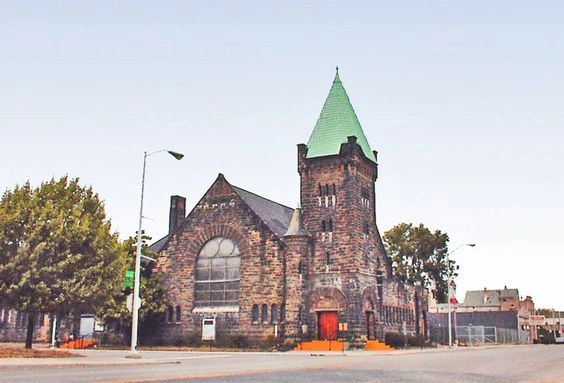
In Detroit, Michigan, there’s a special place called Cass Community. It’s a small village of tiny houses run by a nonprofit that helps people who don’t have much money, like those who are homeless, students with low incomes, and seniors in Detroit.
People who live in Cass Community pay between $250 and $400 every month to rent these small houses. Each house is different in size, ranging from 200 to 450 square feet, and they all have their own front porch and back deck.
Cass Community Social Services started this village for homeless people. They have many programs for things like food, health, finding a place to live, and getting a job all across Detroit.
3: Eden Village in Springfield, Missouri
Eden Village started in 2010 when 10 people came together to help the homeless in Springfield through an organization called The Gathering Tree.
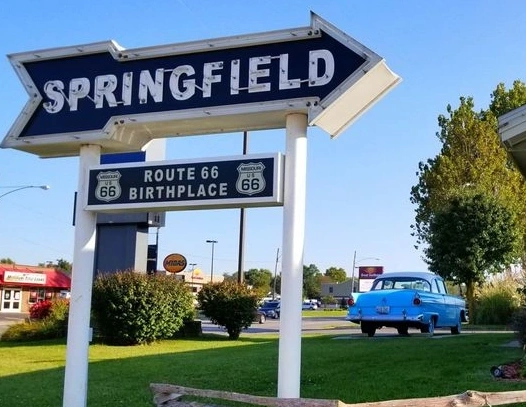
At first, they provided a place for the homeless to rest and refresh on certain nights. This idea inspired them to create a permanent solution.
In 2018, they opened Eden Tiny House Village, which consists of small homes for homeless people. Today, Eden Village has many tiny homes, along with a community center equipped with various facilities like a kitchen, laundry room, computers, library, and more.
The staff aims to expand Eden Village, accommodate more residents, and continue their positive impact. They are currently raising funds for a second Eden Village.
4: Dignity Village in Portland, Oregon
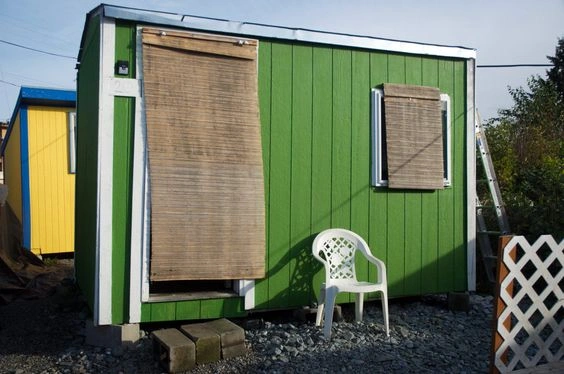
In 2000, Dignity Village started helping homeless people in northeast Portland by offering shelter. They also have a composting area on site. With 60 residents living in small houses on the property, Dignity Village aims not only to give shelter but also to build a supportive community and empower those without homes.
Their goal is to create an eco-friendly urban village for people who can’t find shelter elsewhere in Portland. They believe that providing a safe environment, free from violence and disruptions, is crucial in helping residents transition from the streets to stable housing.
5: Cottages at Hickory Crossing in Dallas, Texas
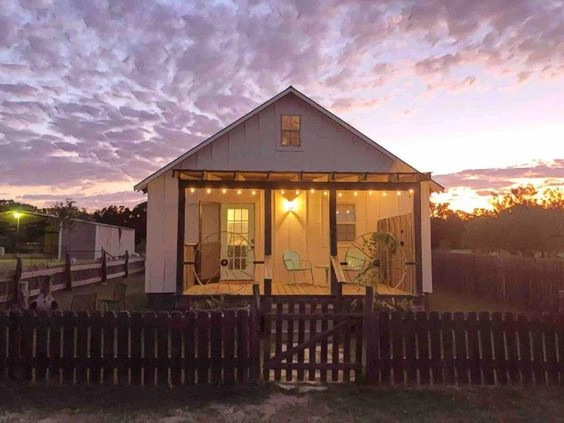
The Cottages at Hickory Crossing, found in Dallas, Texas, is a small village offering permanent homes and help to 50 chronically homeless people. It’s designed to show how sustainable city living can work, using open spaces, solar energy, and rainwater collection.
The village hosts various events like cookouts and game nights for its residents. These tiny homes sit in downtown Dallas.
Tiny Homes for the Homeless What to Consider?
Tiny homes are helping homeless people, which is really inspiring and might make you want to join in! There are a few important things to consider before starting your own tiny house village to help the homeless.
Join the Building Project that Already Exist
Before you buy land and start building, check if others are already doing similar work in your area. It’s good to join forces with existing groups that share your goals. If there’s a successful project like a tiny house village for the homeless nearby, consider getting involved.
You can volunteer with them or contribute your skills and ideas to their cause. No need to start from scratch when there are already great initiatives out there.
Understanding the Needs of your Local Homeless Community
Understanding the needs of your local homeless community is key to helping through the tiny house movement. Each area, including cities and municipalities, has its own unique demographics, so there’s no universal solution.
Some places might have more elderly, young people, families, or veterans experiencing homelessness.
Using a government mapping tool can provide stats, but remember, people are more than just numbers. Connect with local nonprofits and shelters regularly helping the homeless. Volunteer and learn from them about the specific needs in your area.
Establishing Goals for Your Homeless Tiny House Village
To make your tiny house village for the homeless thrive, it’s important to start with a clear idea of why you want to create it. Learn about the needs of homeless people in your area to shape your vision, goals, and mission for your community.
Your village’s purpose should be more than just providing housing for the homeless. It should address the specific needs of the people you’re helping. Are you aiming to create a strong sense of belonging and community?
Do you want to support residents in overcoming challenges like addiction or mental illness? Or perhaps you want to assist unhoused individuals in finding employment or stabilizing their finances?
Write down your community’s purpose and goals. This will help you stay focused on your mission as you work through the practical details of planning.
Get Permission to Build a Tiny House Village for Homeless People
Not all places will agree to create a small village for homeless people because each city and county has rules about what can be built. To make a tiny village legal, you can register it as a rental property, a neighborhood, or an RV park.
You should contact your local government to get this done. Depending on how you’re registering it, you’ll probably need to talk to the transportation or community engagement department in your city. Make sure to find out what steps you need to take in your area.
Finding the Right Land for Your Tiny House Village
Discovering the ideal land for your tiny house village can be initially challenging. You’ll need land that fits your community’s size and is in a location accepted by the surrounding community. Finding the perfect land for your tiny house village requires careful consideration.
- How many homes do you want to build?
- What size of tiny houses are you planning to construct?
- Are you considering adding communal facilities?
Having these answers upfront can guide your decision-making about the land.
Community Service Roles for Effective Support
As a big business founder, I’ve realized the importance of sharing responsibilities to keep things running smoothly. While making or buying tiny homes for homeless people in your city is a good step, there are other community needs you can’t handle alone.
Start by listing the extra roles your community needs and reach out to local organizations for help filling those roles.
Essential Roles in Community Services are:
- Doctor / Nurse
- Mental Health Therapist
- Accountant
- Events Manager
- Teacher
- Social Worker / Case Manager
Make a Budget That’s Right for the Project
Making a budget for a project can feel hard when you don’t know where to start. The cost of setting up a tiny house community can change depending on what’s in it and what services it offers.
| Tiny House Homeless Community | Total Cost/Funding |
|---|---|
| Quixote Village | $3.05 million |
| Cass Community | $1.5 million |
| The Cottages At Hickory Crossing | $8.4 million |
| Dignity Village | $75 per month |
| Eden Village | $1.6 million |
Information about how much successful tiny house communities in the U.S. cost overall can give you an idea of how much your project might cost. Don’t worry if you’re thinking about money. There are government funds available for projects like this.
Applying for grants is a great way to start your project before receiving regular donations. One thing that really inspires about the tiny house community is how it helps homeless people all over the U.S. It shows that the community is about more than just small houses. It’s about helping everyone live a good life.
Frequently Asked Questions
How Can i Get Free Tiny House?
To get a free tiny house:
- Look for government programs or grants.
- Find charitable organizations that provide housing.
- Volunteer for programs that offer free houses.
- Start a crowdfunding campaign.
- Consider bartering or trading.
- Network with the tiny house community for support.
What is the Effectiveness of Tiny Houses for Homeless Individuals?
Comparing Tiny Houses for Homeless to permanent affordable housing is misleading because tiny structures often lack indoor plumbing and other basic amenities. While residents may have a place to sleep and a locking door, they are still categorized as homeless.
Who Builds Tiny Houses for Homeless in Greensboro NC?
The goal is to establish a nonprofit organization focused on constructing Tiny Houses for Homeless. These homes will offer support, education, training, and services to individuals and families experiencing homelessness and hardship. The aim is to assist them in becoming active participants in the community.
How much do these tiny homes for homeless cost?
Pallet provides tiny homes for homeless, offering a standard 70-square-foot unit without plumbing for $18,900. Additionally, they offer a larger 120-square-foot unit with an ensuite bathroom priced at $48,500.
What are the Pros of Tiny Houses for Homeless?
Tiny homes provide quick and affordable shelter solutions. However, some express concern about relying solely on them for the long-term solution to homelessness, particularly when it comes to tiny houses for homeless.
